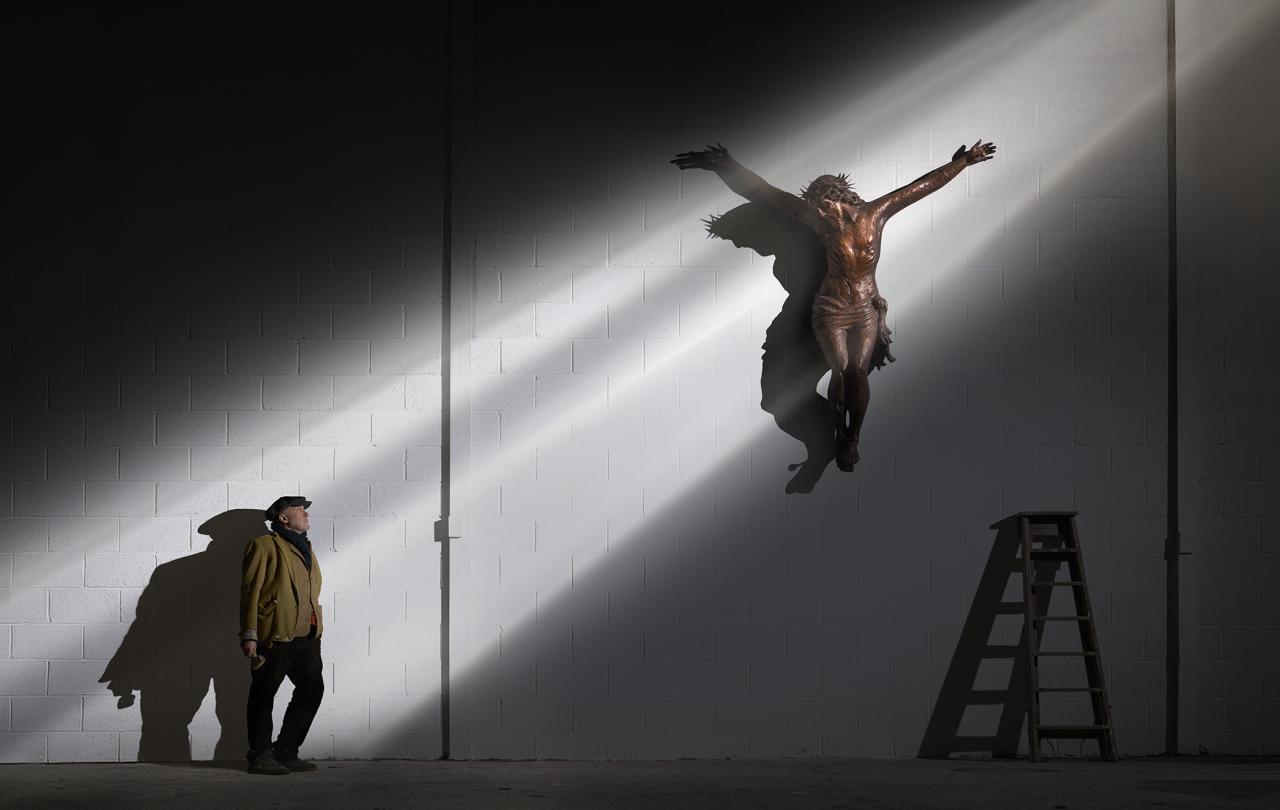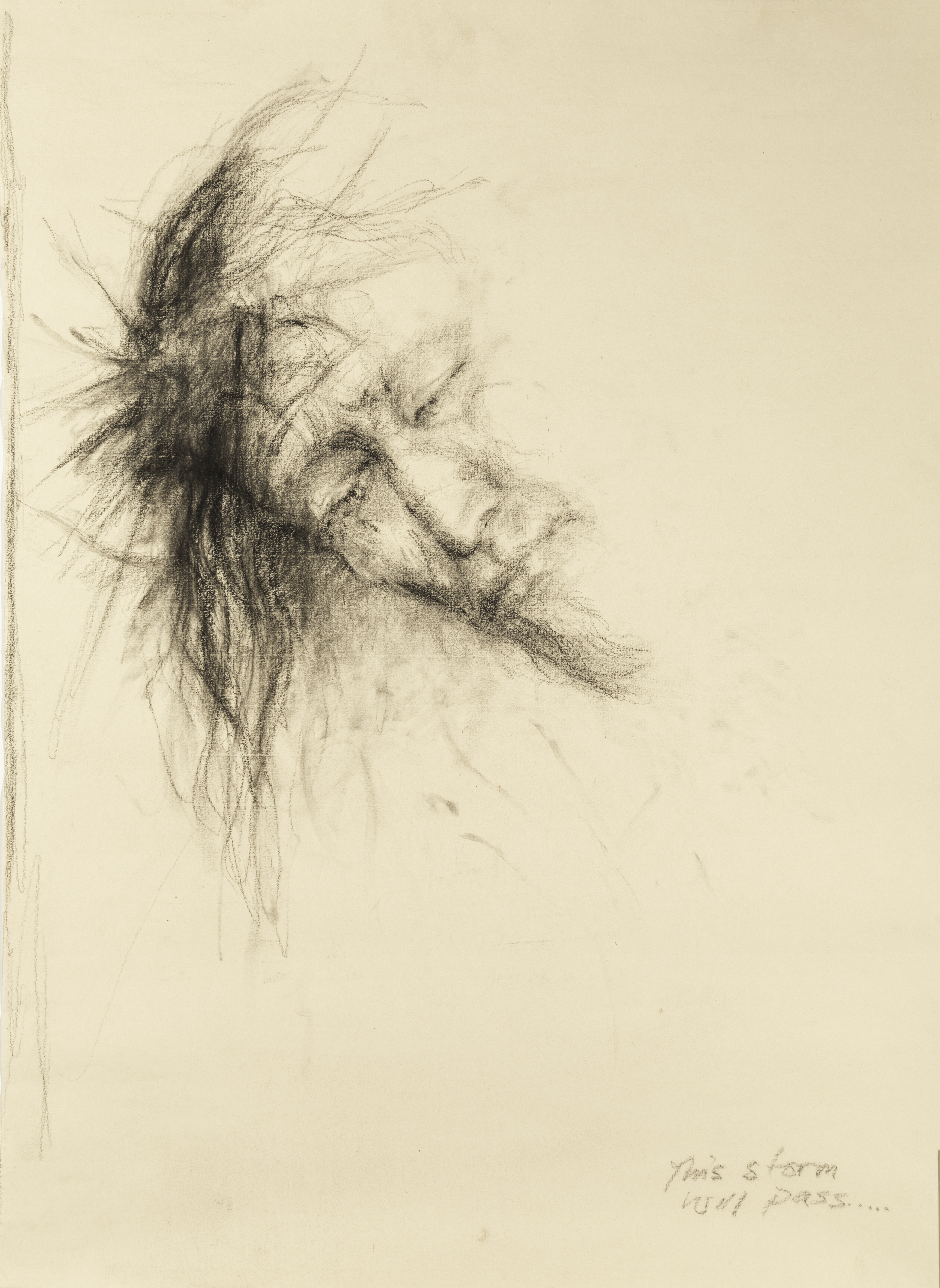
At the age of 16, initially wanting to experience the infamous performances of actors, John Hurt and Anthony Hopkins, I decided to watch The Elephant Man (1980). This was the film that opened up the weird and wonderful world of director, David Lynch, a world I immediately wanted to dive headfirst into.
I did so by watching the film that became the catalyst for world-renowned director and producer, Mel Brooks, offering Lynch the chance to direct The Elephant Man. The film in question? His very first, Eraserhead (1977).
It was, and remains to this day, the most singular cinematic experience of my life.
I’m of the opinion that almost all filmmakers fall in to one of two categories; those who become artists through the medium of filmmaking, and those who are already artists who choose the vehicle of filmmaking to create their art. David Lynch is, for me at least, the ultimate embodiment of the latter. Proof of such can be found in his status as a renaissance man.
Originally a painter, a practice he continued throughout his life, his desire to transition to making films was borne out of wanting to see his paintings move. He was also an actor, a musician, and sound designer. Not to mention, a furniture designer who regularly built props for his films, author of several books and designer of his very own comic book.
The television show, Twin Peaks, is perhaps the best example of just how impossible it was to bind Lynch to a single artistic form. The seminal TV show revolutionised what television could be, as it was the first show to stray from the episodic storytelling format, instead choosing to follow one continual storyline through an entire series.
David Lynch exists within an exclusive category of artists, those whose names have become an adjective. Lynchian, similar to Kafkaesque, Brechtian or Daliesque, is recognised as an official word in the Oxford dictionary. An eponymous adjective is an honour reserved for only the most unique and distinct of artists.
Although it could be argued that the term – Lynchian - is now too loosely applied to anything deemed to be somewhat counter-cultural within mainstream cinema, its true meaning relates to the often indefinable style and voice of the man himself.
He invoked the spiritual depths of us, the existential longings and cravings, the questions that seem intrinsic to the human condition, the wonderings that feel as though they originate from somewhere deep within us, our souls, perhaps.
I’ve come to think that it’s the ultimately the spiritual essence of Lynch’s films that make them truly unique, and him a worthy recipient of an eponymous adjective. Lynch’s films exist within their own world, frequently reminiscent of a dream.
Sometimes euphoric, often a nightmare.
He was an avid practitioner and advocate of transcendental meditation, so it’s perhaps not too surprising that when speaking on his creative process, Lynch attributed many of his creative ideas as emerging from his own subconscious through the practices of meditation and daydreaming. He’s often compared ideas to the act of fishing, they aren’t created, they already exist, you’ve just got to have the right bait to catch them.
I wonder if this process is what makes the worlds housed within Lynch’s films unlike any others. He invites us into his own subconscious, by allowing it to bleed out onto the screen.
Despite his allusivity in style and format, what I’ve always found most confounding about David Lynch’s work is its universality.
I feel as though the term ‘fringe artist’ has scarcely been better applied to anyone other than Lynch.
How has a man who’s created some of the boldest, most avant-garde and, at times, downright disturbing art of the last century picked up four Oscar nominations (and an honorary win), a Masterclass and a Disney movie (The Straight Story)?
Surely translating your own subconscious, something we view as idiomatic to each individual person, onto the screen is a guaranteed recipe for alienating your audience?
So why does Lynch’s work, instead of pushing us away, so consistently pull us in?
I could pontificate on the different potential techniques Lynch employed to keep his work just grounded enough to allow us to relate to it. His films being rooted in instantly recognisable symbols of Americana, for example. Or perhaps his deployment of easily digestible genres and conventions, Twin Peaks is a melodramatic murder mystery TV show, Blue Velvet (1986) and Mulholland Drive (2001) are, at their core, noir films and even Wild at Heart (1990) is a textbook road movie.
But Lynch’s work has taught me to dig far deeper than that.
He invoked spiritual depths of us, the existential longings and cravings, the questions that seem intrinsic to the human condition, the wonderings that feel as though they originate from somewhere deep within us, our souls, perhaps.
That, for me at least, is the answer to his universality.
But how did he do it?
As has already been mentioned, it’s by mining his own subconscious and the spiritual within himself, and allowing it to flow into the worlds he created. But, most importantly, he never definitively characterised these things, he simply let them exist, depicted them. His work doesn’t come to us with the answers, it comes to us with questions. David Lynch’s questions: questions about the world. Questions about himself.
The very same questions we all ask ourselves on a daily basis: is evil within us or is it the product of what is around us? How can we allow light to prevail over darkness?
His work allows us to sit, ruminate, and respond to those questions.
I didn’t anticipate how profound of an effect David Lynch’s passing would have on me. It’s undoubtedly the strongest feeling of loss and grief I’ve felt from the passing of someone in the public sphere.
So deep were my feelings that I felt I needed to process it through the writing of this piece.
And despite the myriad of feelings and thoughts that have been swirling around my head since originally reading the news headline, I find myself continually returning to the very first thought I had. It was a quote from American comedian, Theo Von. When mourning the death of fellow comedian, Norm Macdonald, Theo said,
‘It feels like you’re losing a book that nobody has copies of.’
I feel despair that I’ll never be able to see the world through David Lynch’s eyes again. But I find great comfort that he, through his art, has passed his vision onto us, ensuring that we’ll always be able to see the Lynchian in our world.








